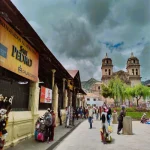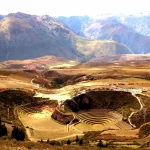During my visit to the Peruvian Andes, one of the things that captivated me the most were the traditions. Among all these riches, what caught my attention the most is the weaving, not only for its beauty, but for its history and myths that exist in each of them, each piece has its ancestral meaning. Andean textile art is a language in itself, a living testimony of the culture and traditions that have been passed down from generation to generation.
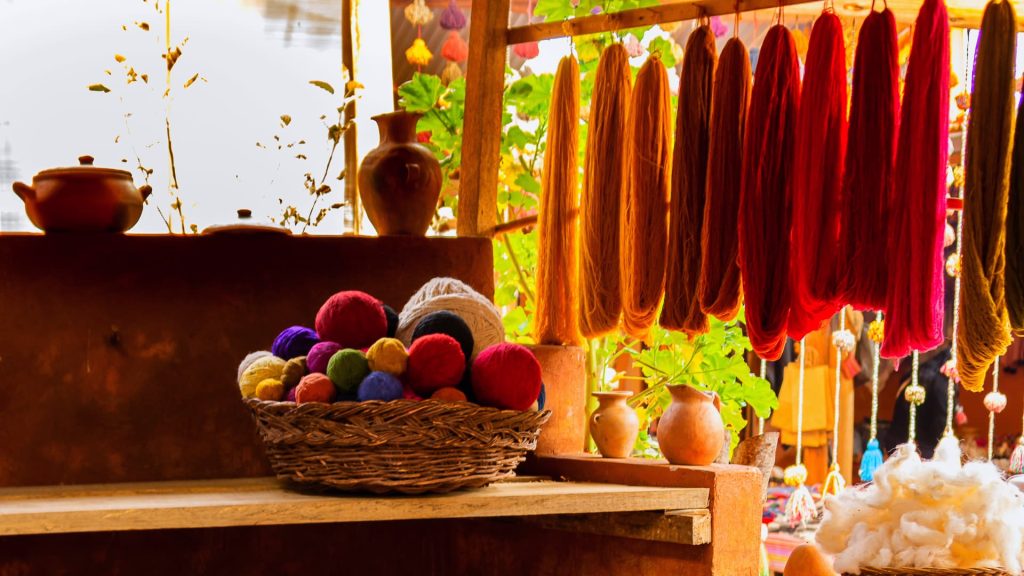
A legacy that endures
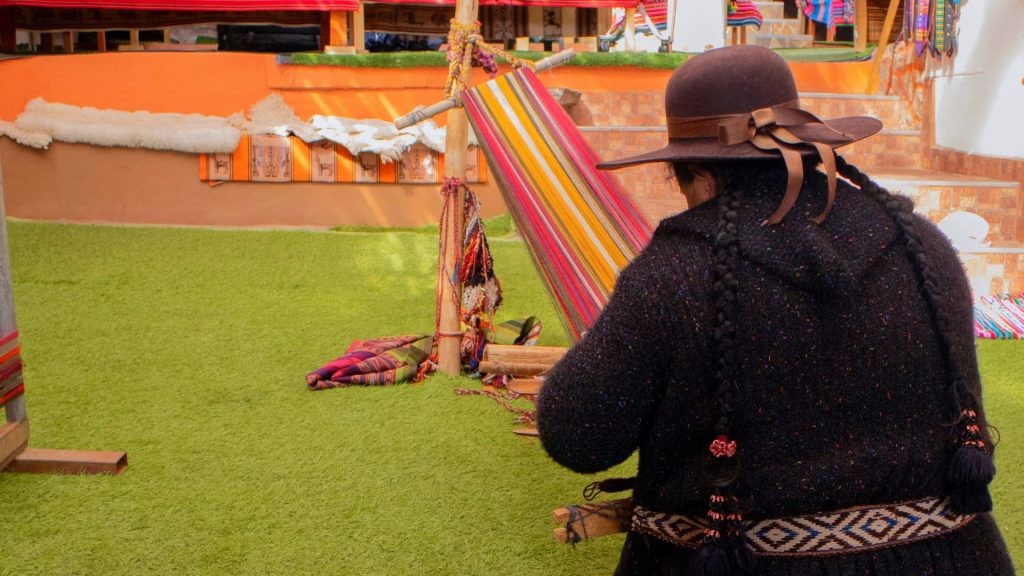
Andean weaving is not only a technique, it is a cultural expression that has been preserved since pre-Inca times. Our ancestors elevated this practice to an extraordinary level, considering textiles even more valuable than gold and silver. Each piece made is a reflection of the identity of the person who produces it, with colors and designs that transmit more than just beauty, but also tell the stories and beliefs of the Andean communities.
Walking through the towns near the Imperial City, such as Chinchero and Pisac, it is common to see men and women sitting in the courtyards of their homes, deftly working with sheep and alpaca yarns. Using floor or waist looms, they create geometric figures and represent nature in its most beautiful forms. During my trips, I had the opportunity to observe the dyeing of threads, a process that reflects tradition and respect in every step.
Materials: A Gift from Nature
One of the most fascinating aspects of Andean weaving is the selection and use of materials. Alpaca fiber is the most valued for its strength and softness, while sheep’s wool, also widely used, follows closely behind.What is really most impressive is the ability to dye these yarns.
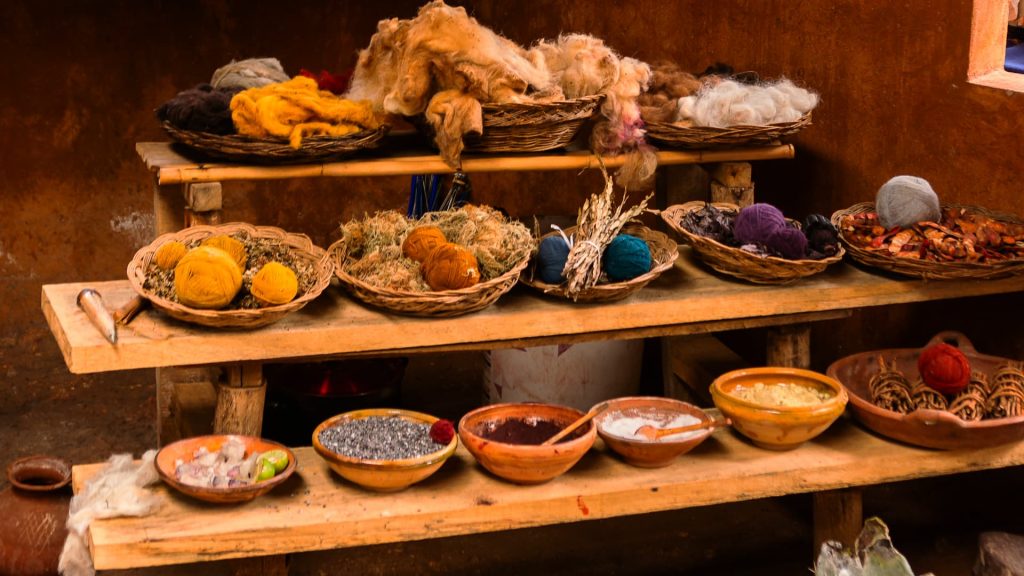
Weavers use elements such as natural pigments from insects, minerals and plants. One of the most surprising sources of a variety of shades is the cochineal, an insect that grows on prickly pear cactus leaves. When crushed, it produces an intense red. Depending on the elements used, the shades change between pink and purple. Other colors come from the chilca that gives us the green tone, the purple corn that gives us the blue color and the clay. It is a natural process where each transformation is exquisite to the eye.
The designs of the Weavings: Symbols that speak to us

These weavings are not only ornaments but also have a deep meaning. Each figure or color in a blanket can represent elements of nature, daily life and the Andean cosmovision.
The chakana represents the connection between the spiritual, earthly and celestial worlds. Other designs include sacred mountains or apus, rivers, sacred animals such as the serpent, puma and condor which represent each of the worlds our ancestors believed in. These patterns are not chosen at random; each weaver infuses their beliefs, lineage, history, and vision of life into every piece they create.
The Weaving Process: Patience and Craftsmanship
Creating a weave can take weeks or even months, depending on the complexity of the design.. It all starts with the shearing of the sheep or alpaca, followed by hand spinning using the pushka. The yarns are then dyed with natural pigments and left to dry naturally in the sun.
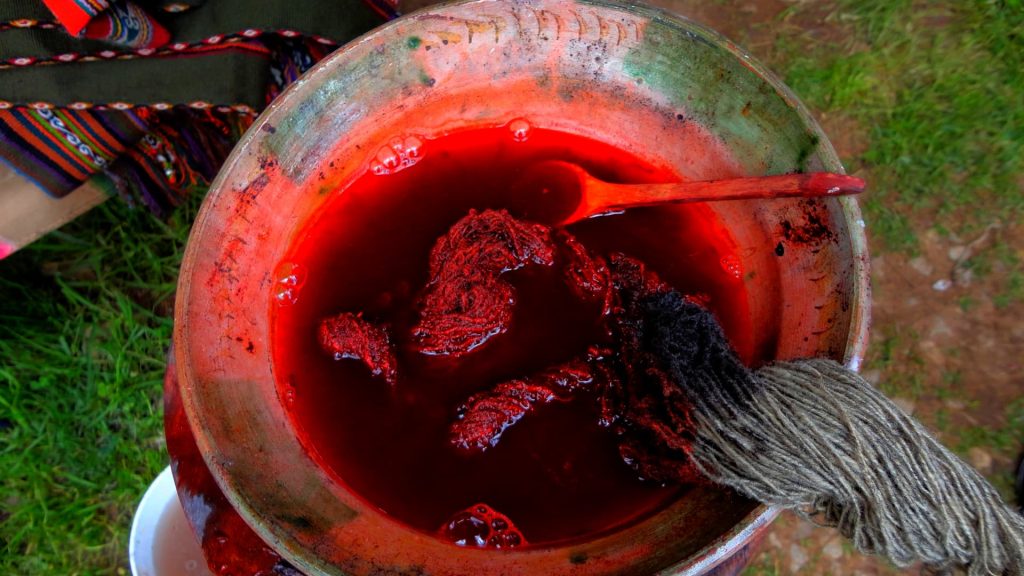
These weavings are created using backstrap looms, a technique that has been passed down from generation to generation. This technique allows the weaver to have absolute control over the design and tension of the threads. This work is meticulous and requires absolute concentration as each thread counts in the final composition.
Weaving in ancient times is more than a tradition.
Today, textile art continues to be a fundamental pillar of cultural identity. Even so, it faces challenges as globalization and mass production have caused many industrial weavings to imitate ancestral designs without respecting their elaboration process. Fortunately there are many communities working to preserve the authenticity of Andean weaving, promoting sustainable practices and ensuring fair trade for artisans.
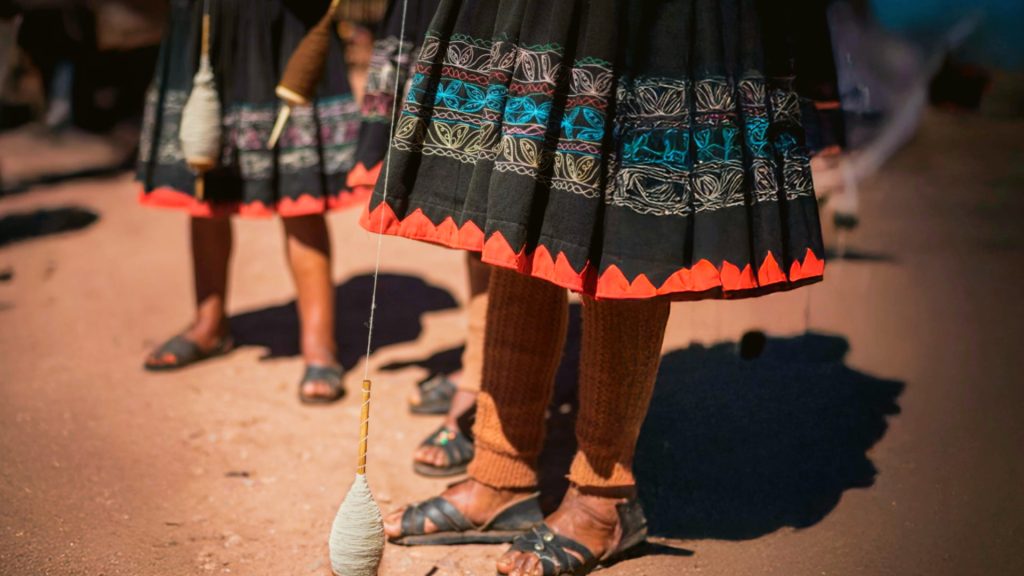
My experience with Andean Weaving
Personally, every time I take an Andean weaving with me, I feel like I have a piece of the Andes. Iremember visiting a workshop in Chinchero for the first time and watching a woman weave with infinite patience, sharing stories and a life through the threads that gradually connected. She taught me how to read the patterns and understand what each figure meant. It was an eye-opening moment that made me appreciate even more the depth of that tradition.
Since then, every time I return to Cusco, I seek to learn more about weaving. I love talking with the artisans, listening to their stories and understanding the connection one has with their art. Taking with me a shawl or a garment made by artisan hands is not only a purchase but a way to appreciate this tradition much more.
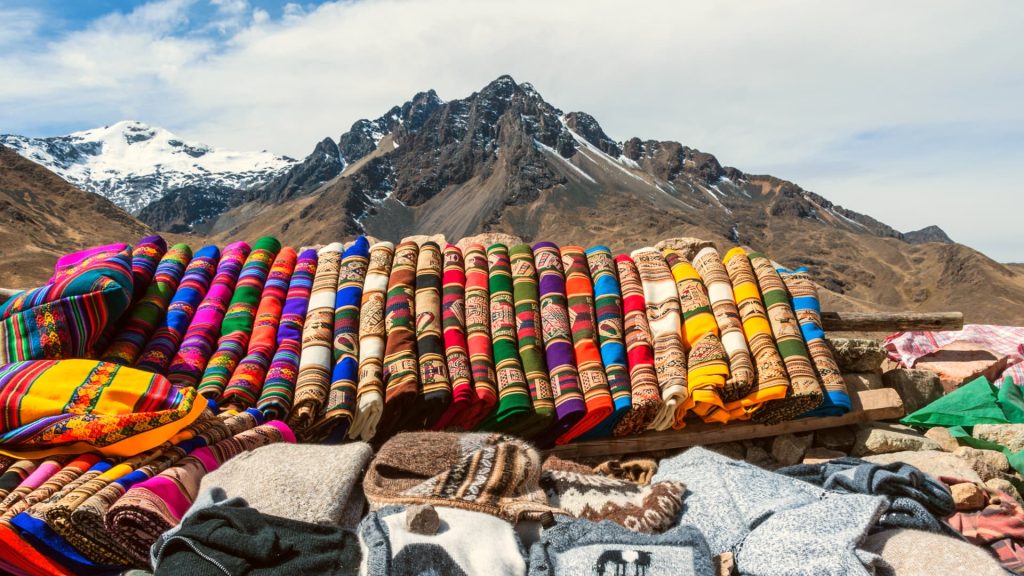
Andean weavings that will make you come back
Ancestral weaving is one of the most beautiful and rich traditions that exist in the Andes, more than a craft is a form of communication, a testimony of the history and identity of the people. Valuing, respecting and supporting this tradition not only helps to preserve it but also allows us to connect with a way of life that reminds us of the meaning of patience, creativity and respect for nature.

If you have the opportunity to visit Cusco and its surroundings, I encourage you to tour the world of Andean weaving. Meet the weavers and see the process live and you will take away more than just memories, but knowledge about the art of weaving and how to do it.


